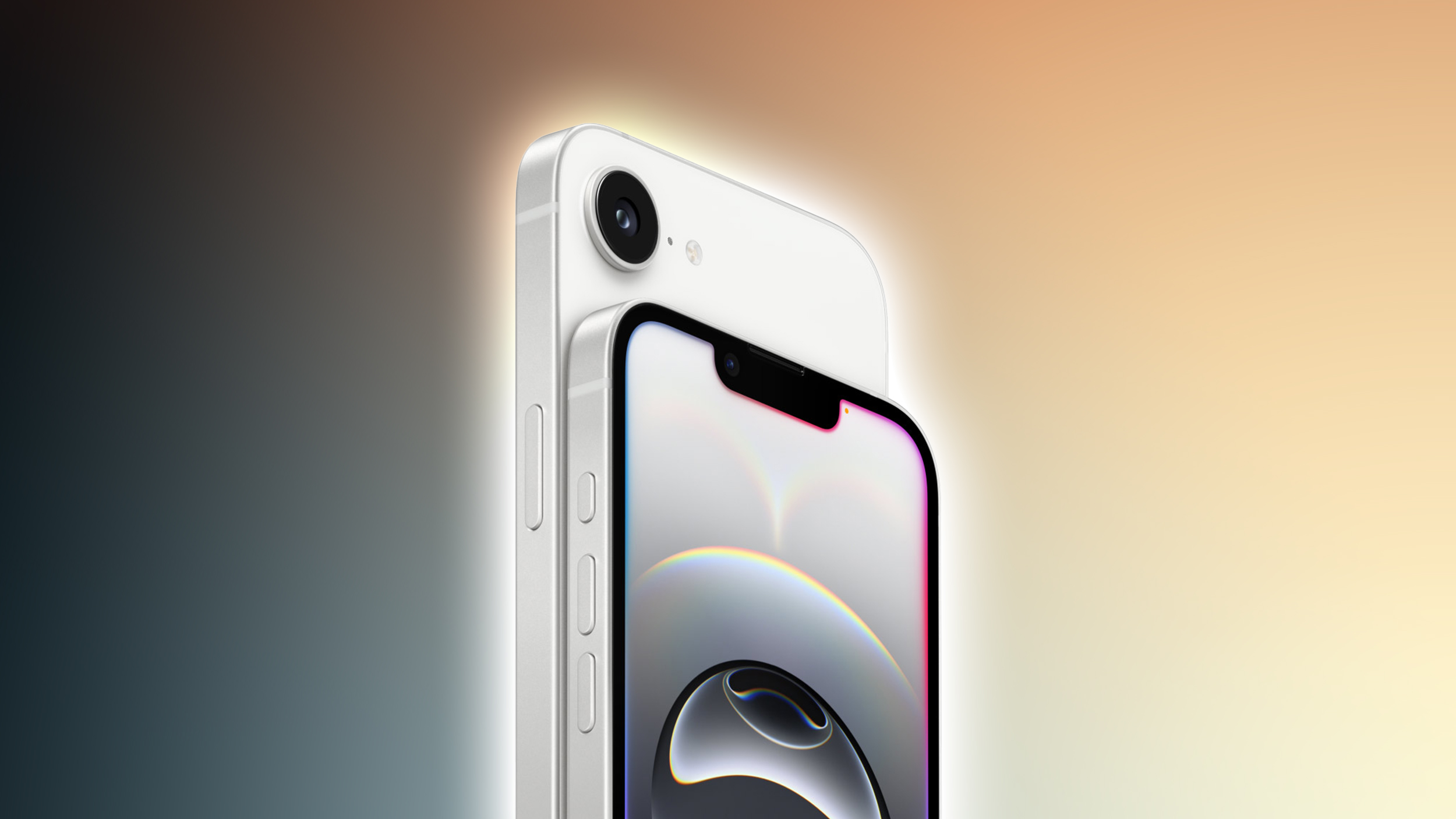
According to Geekbench 6 Metal benchmark results spotted by MySmartPrice, the iPhone 16e scored 24,188 points in graphics testing, which is around 15% lower than the more expensive iPhone 16 and iPhone 16 Plus. This performance difference is likely due to Apple’s use of a chip-binned A18 chip. Chip binning is a common industry practice where chips with disabled or non-functional components are repurposed for lower-tier products. This approach helps manufacturers maximize yield and reduce waste while offering products at different price points.
In this case, the A18 chip in the iPhone 16e features a 4-core GPU configuration, compared to the 5-core GPU found in the standard iPhone 16 and iPhone 16 Plus. However, as the Geekbench test shows, the 6-core CPU count remains unchanged.
Despite the reduced GPU performance, the iPhone 16e is expected to maintain strong overall performance, especially for its $599 starting price point. The Geekbench test also corroborates our previous finding that the iPhone 6e has 8GB of RAM, which is a minimum requirement of Apple Intelligence. The device tested was running iOS 18.3.1.
Of course, further benchmark results and real-world testing will be needed to fully assess the impact of the reduced GPU core count on everyday tasks and gaming performance. Apple will be accepting pre-orders for the iPhone 16e starting today at 5 a.m. Pacific Time, and the device launches on Friday, February 28 in 59 countries and regions.
This article, “First iPhone 16e Benchmark Reveals Impact of Reduced GPU Core Count” first appeared on MacRumors.com
Discuss this article in our forums